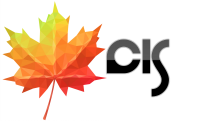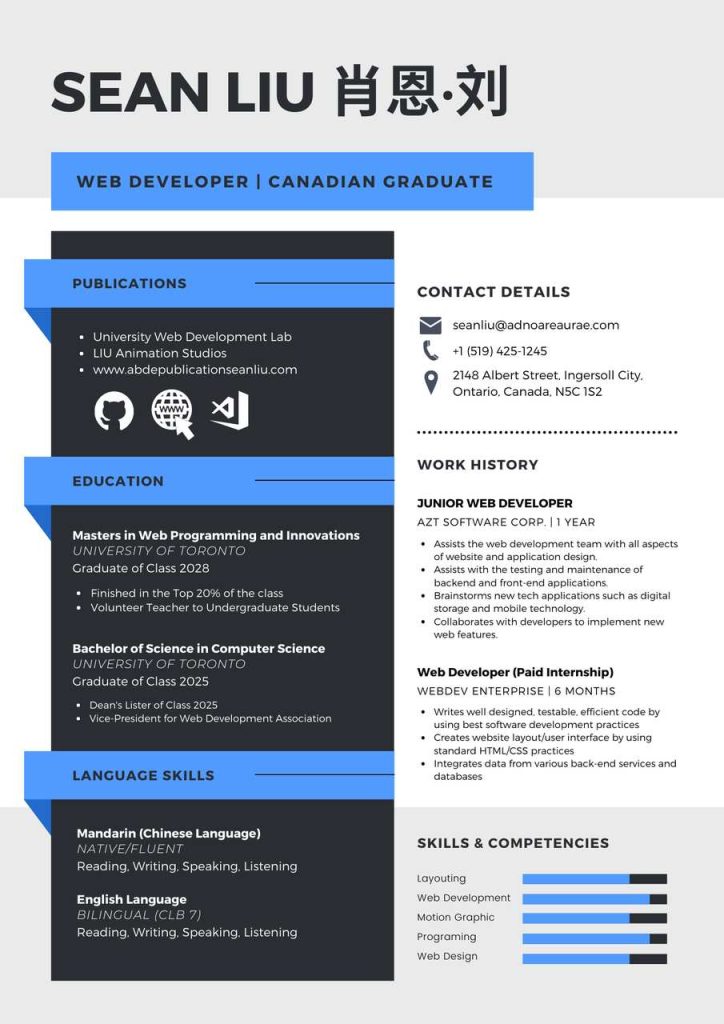How to Create a Strong Canadian Resume
Home » Blog » Work in Canada » How to Create a Strong CV for Canadian Employers
If you plan to be one of them, then keep on reading.
When you are applying for a Canadian job, one of the first things you should prepare is your resume, as with applying to any other job. Your resume showcases your qualification, strengths, achievements, and everything relevant to the job you are applying for. You should ensure that you will include everything that will catch the attention of Canadian employers/recruiters.
Additionally, format your resume according to the familiarity of Canadian hiring personnel. It will make it easy for them to review your resume.
Table of Contents
✍️What Should You Highlight in Your Resume?
To maximize your chances of landing a job in Canada, you should create your resume according to what Canadian employers and recruiters want to see.
The following are what Canadian employers and recruiters want to see in your Canadian resume.
✔️ Hard skills
You should emphasize your technical skills relevant to the job you are applying for. These may include your language skills, computer skills, etc.
🗣 Soft skills
Soft skills such as strong verbal communication ability, efficiency, dependability, problem-solving skills, etc., are also things that Canadian employers want to see in your Canadian resume. Make sure that you include this in your resume.
👔 Professional qualifications
All employers, including Canadian employers, want to see an applicant’s professional qualification in his resume. It includes your professional experience and achievements.
📄 The Canadian Resume Format
The Canadian resumes use two formats; the traditional reverse-chronological resume and the functional resume. The traditional reverse-chronological resume is commonly used; it focuses on the applicant’s employment history. It is the format that Canadian employers and hiring personnel are familiar with. So, it is essential to know how to create a strong CV for them.
It is where your name and contact details (phone numbers, email address, etc.) – are at the topmost of your resume. Include any relevant post-nominal letters here, such as accreditation letters (i.e. CPA, CISA). You need not put your physical address, though.
Important Tip: Do not write the words resume or CV on top of your resume.
It is where you make a good first impression! Highlight your achievements, relevant experiences, training, and skills. Make it a concise and impressive paragraph or two.
It is your resume’s highlight – the summary of your professional or work experiences, with your most recent position first. You should provide the following information for every previous role that you are presenting here:
- Company Name; City/Country (where you were based)
- Your Job Title.
Ensure that the job title you provide would exactly matches the actual position you had. It is critical to your new employer’s point of reference.
- Your dates of employment in that role
Not necessarily be that specific – month and year will do
- Details of the role.
Elaborate on your duties and responsibilities in this role, including specific tasks. Do not forget to mention your achievements in this role.
Tip: Tailor everything you write to match the job you are applying for.
This field should showcase all of your educational attainments, the training you attended, and all short courses relevant to the position you are applying for. It should include the institution’s name and dates when you took them.
Asa Canadian resident, you can sponsor your orphaned brother, sister, niece, nephew, or grandchild. Another way to sponsor any one of them regardless of their age is if you do not have a closer relative such as your spouse and dependent children.
The family Sponsorship program would cost you about CAD 1,135, and some additional fees will apply if the sponsor resides in Quebec.
Examples of CVs that are accepted in Canada
☑️ Additional Tips for Writing a Canadian Resume
The following are small details that you should also pay attention to.
Your skills and experience and any other additional information must be relevant to the job you are applying for. It could mean removing from the list any jobs a long time ago that are not relevant to the job you are currently applying for.
Your resume does not need your parent or spouse’s names, marital status, or identification numbers. It could even cause your resume to be rejected by Canadian employers to avoid discrimination concerns.
A cover letter makes your application more professional. It can be your edge among other applicants who did not take time to do one.
Additional Dos and Don’ts for a Canadian Resume:
✔️ DOs
- ✔️ Keep it shorter than two pages
- ✔️ Be CONSCIOUS with your GRAMMAR – write your Canadian Resume in perfect English or French
❌ DON'Ts
- ❌ DO NOT include your photo in a Canadian resume
- ❌ NO date of birth or any other personal information – just put your NAME and CONTACT DETAILS in your Canadian Resume
The Canadian Resume is similar to US Resumes but very much different from other countries. If you want to secure an interview for a Canadian job, you should stick to the Canadian resume format that Canadian recruiters are familiar with. Good luck!









